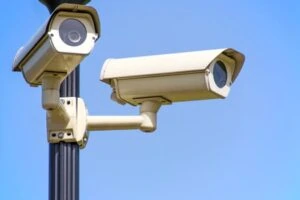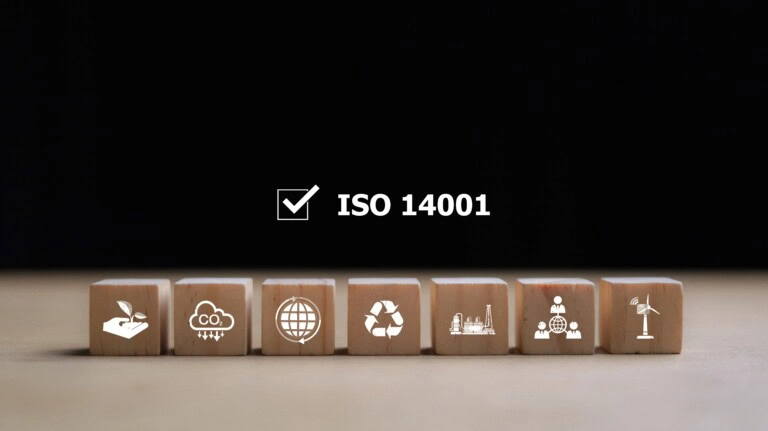
Get in Touch With Us and Tell Us About Your Toughest Monitoring and Control Challenges.
SignalFire Telemetry products connect you with crucial product and hardware data at any of your oil and gas operation sites—whether it’s a pump, pipeline, or storage tank.

SignalFire Telemetry devices install anywhere water asset monitoring is needed, whether it’s for collection purposes, treatment, or delivery.
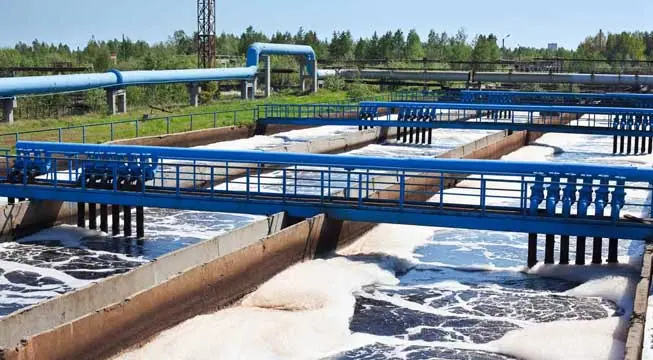
SignalFire Telemetry devices can monitor key assets and can do it affordably, without any renovation or high-priced engineering costs. They install easily with no required cable or additional power. The data is available on your phone or computer and the cloud service can even output to your corporate system to integrate with the rest of your data and keep your operation running.

SignalFire Telemetry devices can monitor and manage water supplies and additives throughout the property, helping you avoid catastrophic shortages and keep your irrigation plan on track.

Avoid costly product loss in bulk storage tanks, terminals, and transportation movements. Whether calling for tank levels, gauge pressure, or even movement pumps or pipelines, SignalFire products can fill any monitoring gap throughout a facility.
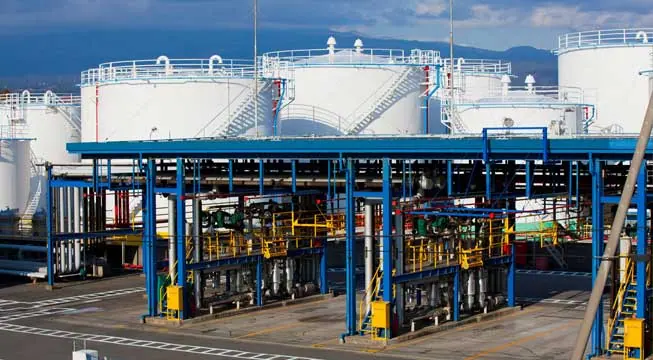
Environmental fines for businesses are frustrating and can bring business to a standstill until they’re worked out. No business wants to hurt the environment, and in competitive markets stopping production affects the bottom line and staff. But there are effective and affordable solutions with SignalFire Telemetry devices.

Expand visibility and control of your refinery or petrochemical processing facility without expensive renovations or redesigns. And do it with your current gauges and hardware. SignalFire telemetry devices are designed to work in harsh chemical environments and meet the strictest safety and security standards

No matter the size of your service map, monitoring remote assets ensures efficiency and keeps your operation in compliance. That’s how SignalFire devices can really help, offering the most affordable and effective monitoring solution that will monitor liquid, gas, electricity, and other assets.

Explore the diverse applications of SignalFire Wireless Telemetry Systems across different industries.

Access our latest brochures to explore comprehensive information about our products and services.

Easily find the sensors that are compatible with our systems on this dedicated page.
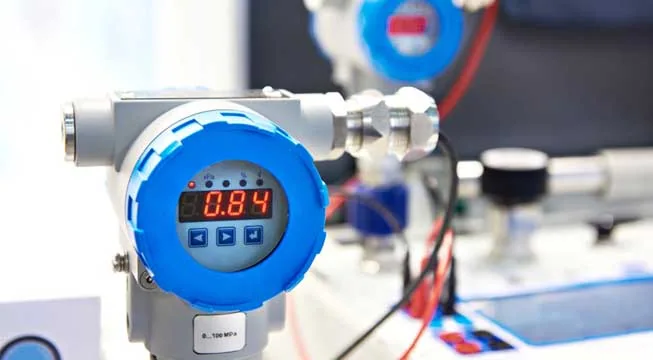
Explore a comprehensive collection of images showcasing our products, installations, and real-world applications.
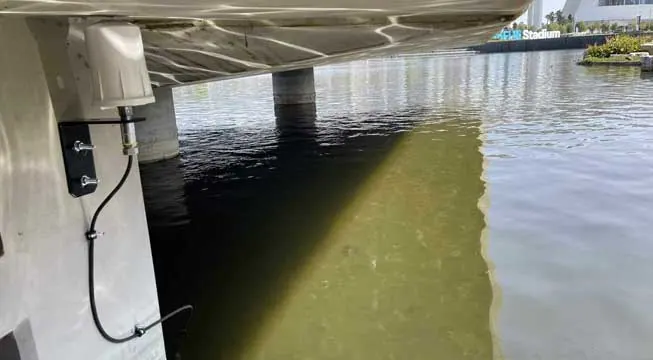
To ensure the integrity of corporate data, companies typically spend significant time and money to secure their IT infrastructures against security breaches. As the use of wireless technology for sensing and control systems becomes a more common practice in various industries, security protocols must be considered to prevent malicious attackers from intercepting data and/or intentionally changing its contents.
Attacks on wireless sensing and control networks can cause an unintended system operation, affecting production loss or safety issues. Even information that may seem to pose little risk if not secured can have a major impact on operations. For example, a simple tank level reading may by itself seem unnecessary to protect, but if this data is tampered with it could cause an operation shutdown due to a false high level, or could even cause a spill on false low level readings.
As critical process and control data are transmitted over large geographic areas covering hundreds of square miles, a series of security checks are necessary to protect data as it passes from point to point. Using data without an integrity check is risky as it can cause unknown actions. Security for the wireless sensor network falls outside of standard IT security applied to the server and user interface and must be evaluated on its own. The wireless network is responsible for protecting its own information.
Companies must ensure that their system vendor secures the wireless sensor network with more than just encryption. Device authentication and replay prevention also are important security features necessary to secure the network.
As no one security standard yet exists in the industry for wireless networks, don’t assume any is implemented or is extensive enough to protect your important data and processes. Data breaches can happen anywhere, even in remote locations unattended by operators for long periods. Ask your provider what security measures are used to protect your data throughout the entire network.
Download the article on Data Security Practices Can Ensure a More Reiable and Secure Wireless Remote Monitoring and Contorl System or read about the security measures that Signal Fire uses to protect its own wireless remote monitoring product line at this link.
Get in Touch With Us and Tell Us About Your Toughest Monitoring and Control Challenges.


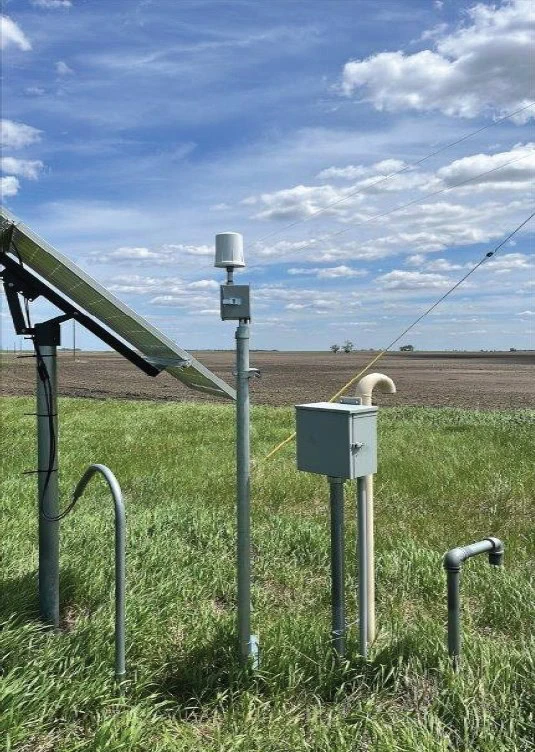
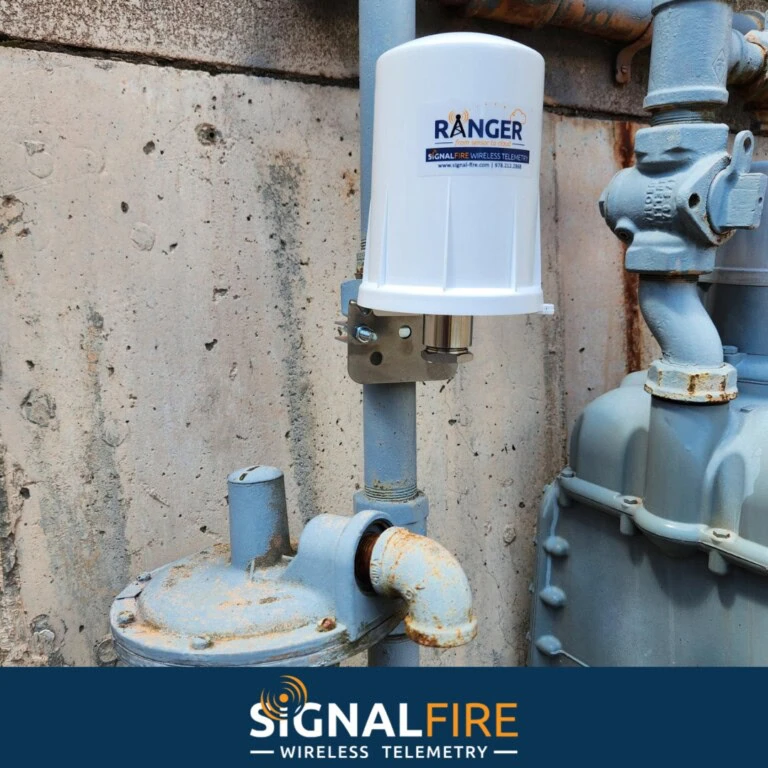

"*" indicates required fields
